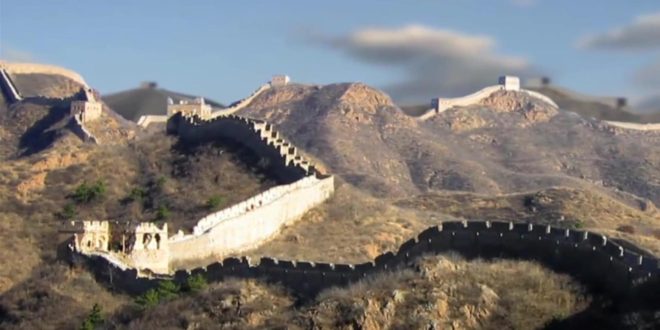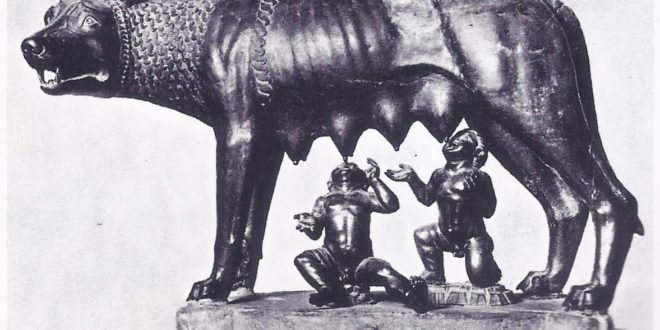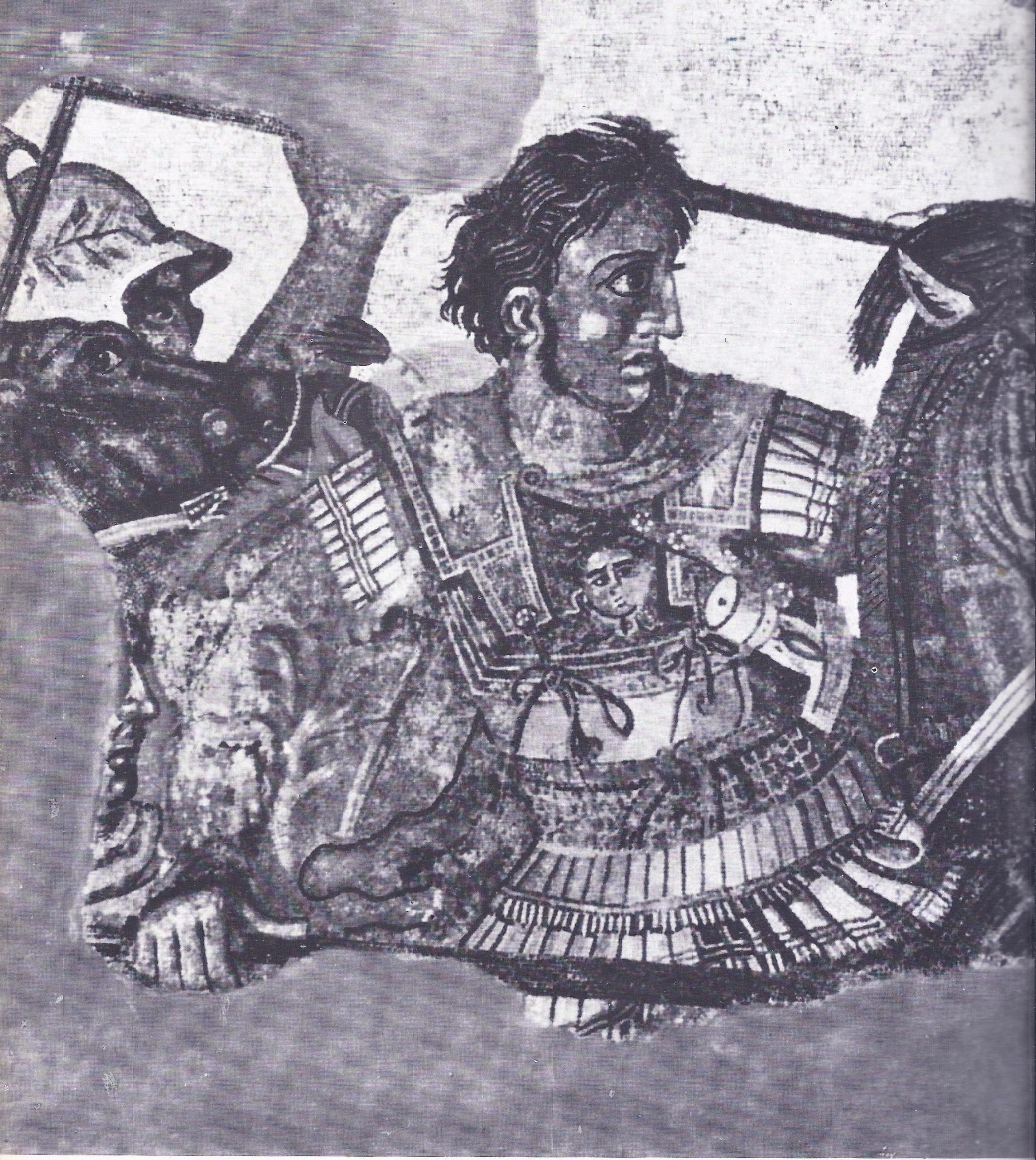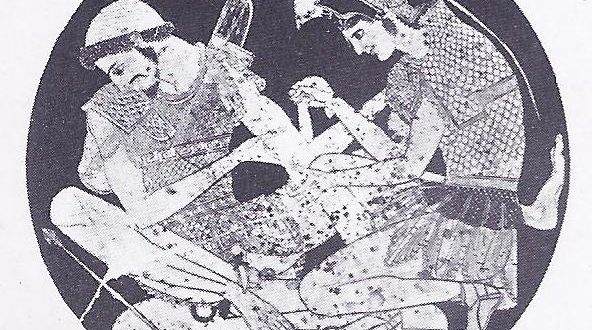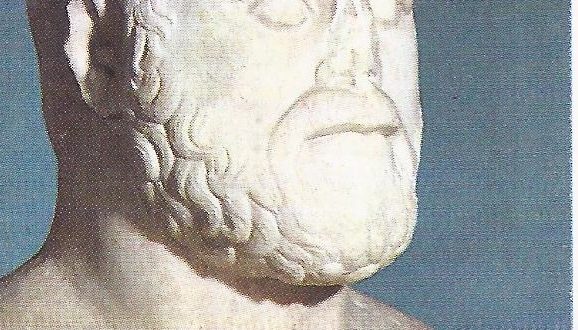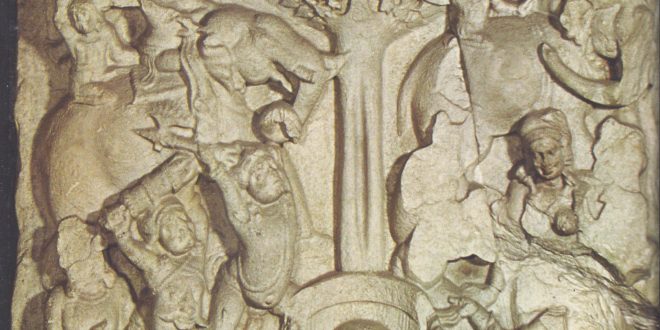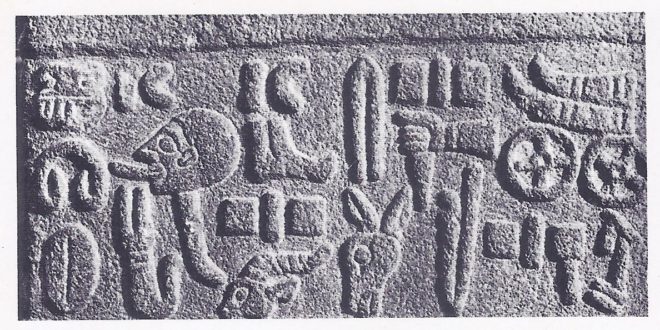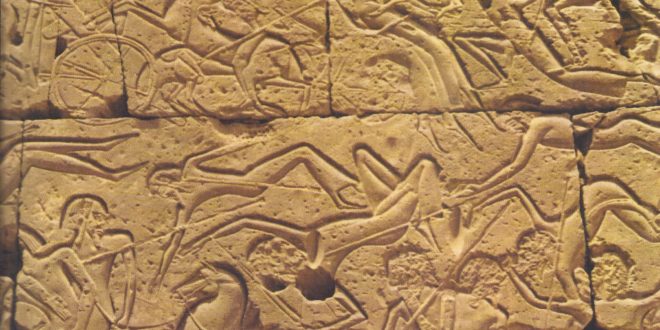The Great Wall of China did not always keep the invader out, but it did help to establish the geographical identity of the Chinese empire. The exact delineation of the boundaries of the empire gave its administration a positive geographical basis. Rome, similarly, can be traced by the vicissitudes of her rise – from small city-state to mistress of the Mediterranean world and Europe. The ultimate extension of Rome’s power gave her a vast empire and as with the empire of Shih-huangti, her territory was given a positive limit by permanent frontiers. The Great Wall of China has a smaller but still monumentally impressive parallel in Hadrian’s Wall, built in the first years of the second century A.D. across the northern part of England, to keep out unconquered tribes from the north. The whole of the Roman Empire was ringed with systems of fortifications when natural barriers were not present, as the great forts of Germany and the limes (frontier system) of North Africa indicate. Here described is a remarkable episode. It is the story of an enemy of Rome who invaded Italy and conquered what one would have supposed was an insuperable natural barrier, the Alps. According to tradition, Romulus and his brother were reared by a wolf. Hannibal The enemy was the Carthaginian leader Hannibal. His epic journey across from North Africa up through Spain, across southern France, over the Alps and into Italy is in the tradition of Alexander’s vast journeys across deserts and mountains to conquer half the world. Hannibal himself was a true product of the Hellenistic age that Alexander’s conquests had ushered in. It was an age of the professional war-leader. The outcome of military struggles largely determined the political development of the Mediterranean world at this time and the leader of a powerful …
Read More »